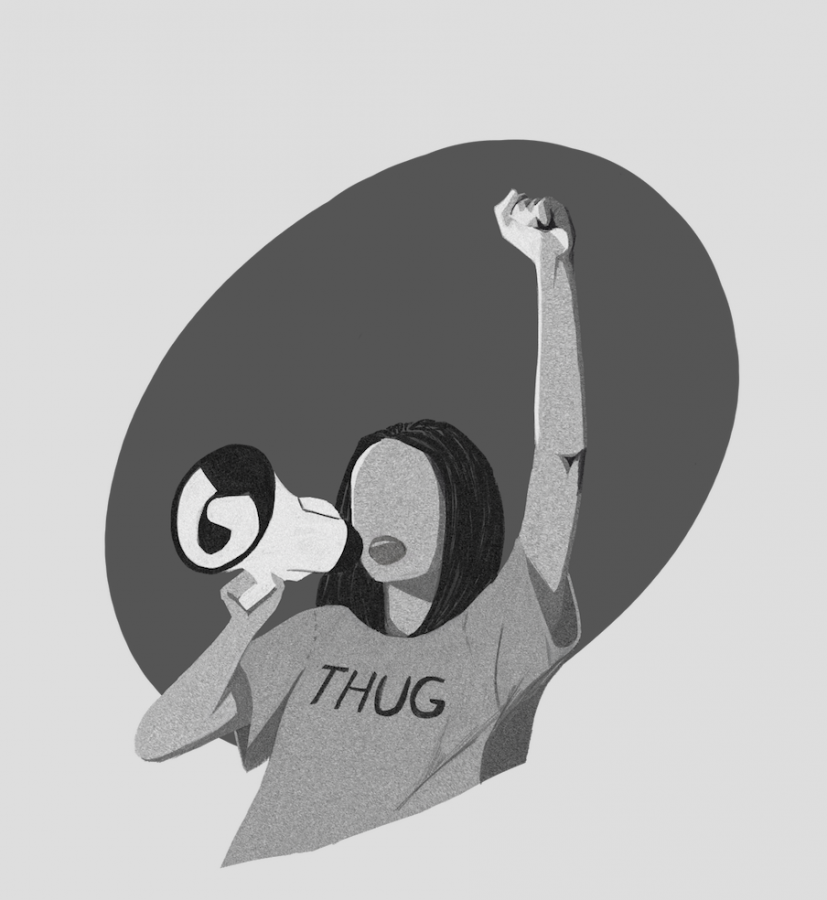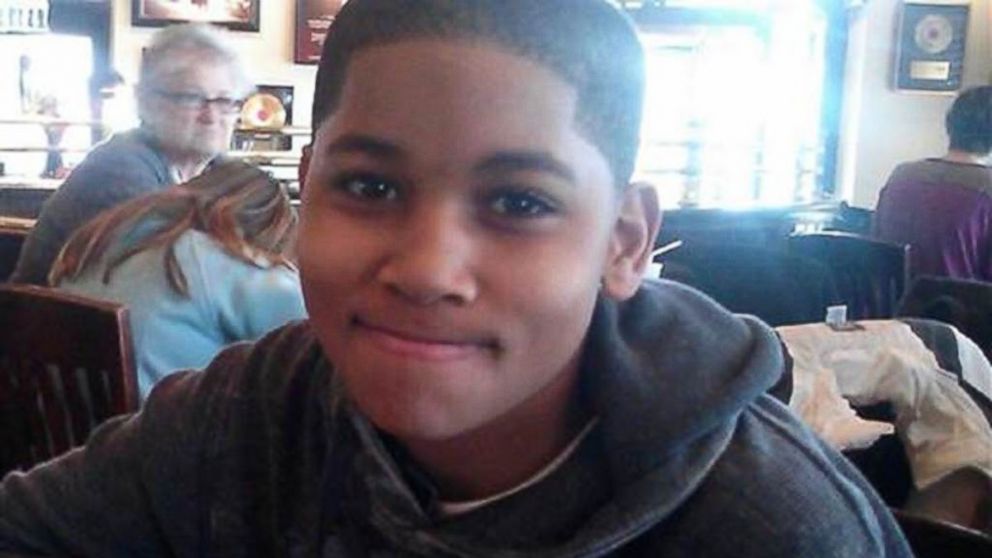“The Hate yoU Give Little Infants F**ks Everybody

Theres so much to unpack here. I want to start by acknowledging the profound effect “The Hate You Give” had on me. I had previously listened to this book via audiobooks, but the film added a different layer of emotion. I went through moments of joy, sadness, anger, disbelief, and utter heartbreak. Critical Race Theory is a framework that is used to analyze law, literature, and the world around us through a lens that not only sees color, but uses race as a mirror in society to show us how racism and prejudice is so deeply embedded in the world all around us.
According to Purdue OWL, “CRT scholars attempt to understand how victims of systemic racism are affected by cultural perceptions of race and how they are able to represent themselves to counter prejudice.” This is important for people to understand because it sheds light on ongoing issues but offers a different lens that many people (including myself at times) are blind to. In the film “The Hate You Give”, our protagonist is Starr Carter, a 16 year old black girl who witnesses her childhood best friend shot and killed by a police officer. Similar to many real-life cases in society today, this boy, Khalil (a black boy), was unarmed. Although Starr is a character played on this film, she rings true to many black and brown people simply trying to survive in a systemically racist society. She battles the ptsd and trauma from watching him die, she navigates two worlds by perfecting the art of code-switching, and among other things, she does her best to have a voice in a world that continuously tries to silence her.
In viewing ‘The Hate You Give” through a CRT framework, we can see how evident racism is and how relevant race is in Starr Carters life. She lives in a low income, predominantly black neighborhood, but attends a predominantly white prestigious, private high school. She is constantly in this balancing act between being white enough for her white peers, and being black enough for her family and neighborhood. She goes back and forth between the music she listens to, the crowd she keeps, the slang she uses, her voice and tone, and her emotions in order to fit in. She has white friends who don’t understand the detrimental effects of cultural appropriation, friends who say explicitly racist things, a white boyfriend who “doesn’t see color”, and then, she has black friends who think she’s too whitewashed and “bougie” for them. She is a part of an entire black community is also dealing with the generational trauma and lasting effects of a systemically racist society.

Unfortunately this is a situation all too common for people of color.
During the film, her friend Khalil, quotes to her “T.H.U.G L.I.F.E”, “The Hate yoU Give Little Infants F**ks Everybody”, famously said by Tupac Shakur, a well known rap artist and actor in the 90’s. Tupac was the child of two Black Panthers members and used poetry, social activism, and highlighted societal struggles in a lot of his music. Starr learns that thug life, although imposed on many black people and often used as way of describing black and brown people, is not a deficiency in black people or other people of color, but instead a societal diagnosis thats been used to oppress and marginalize people of color for decades. She learns that hate will creep into the heart and mind of a young child and can wreck havoc on them for the rest of their lives.Thug Life is systemic racism, thug life is social inequality, thug life is segregation and redlining, it is cultural appropriation and classism, is it racist police officers and a lack of reform, it is the prison system. Thug life is a white society’s reason and excuse for injustice. Thug Life is not what black and brown people do, but rather what they’re subjected to in the world we live in today.
In the film, we watch as Starr goes from a seemingly docile and quiet young black girl stuck between two worlds, and how she is thrown into a world of activism and finding her voice in standing up against injustice amidst the chaos of her friends tragic death.

In Derrick Bells “Who’s Afraid Of Critical Race Theory”, we learn about the Bell Curve and two authors attempt to “explain” Black inferiority. Bell reminds us of the history lived and survived by Black people. He reminds us of the unfair playing field and advantages of white privilege. He holds a mirror up for society to see that in a white racist society, people of color can do well, but not better than their oppressors. He tells us about those who reject CRT, those who refuse a framework that sheds light on their own privilege and creates discomfort in their whiteness. I will never know what is means to be a Black person. As much as someone might try to imagine what its like; unless they have lived it, they cannot fully understand the weaponization of their own skin color. CRT aims to further educate, and evaluate our actions, thoughts and beliefs and it aims to help us understand our own internalized racism and prejudice. CRT reminds us that we cannot exclude race as a driving factor for inequality, injustice and systemic oppression simply because race and racism makes us uncomfortable. Much like I’ve said before, we are all responsible for leaving this planet better than how we found it. We are responsible for our accountability and we are responsible for standing up against injustice (and as quoted by Starrs father) “BY ANY MEANS NECESSARY“.

Black Lives Matter.



Hi! I’m glad someone else mentioned how moved they were by the movie- so so glad we watched it. One of the viewpoints I kept coming back to was how Starr had to dim herself at her school and around her white friends, but I really like that you pointed out she also wasn’t portraying herself as black enough for her family and friends from Garden Heights. She was constantly altering who she was to fit society’s narrative, or to make sure she didn’t fit the narrative based upon where she was from / her race. I agree CRT is an important framework to amplify voices and delve into societal implications and expectations driven by race!
LikeLiked by 2 people
I’m so glad that it was OK to assign it. Thanks for this affirmation.
d
LikeLiked by 1 person
Great choice ! It s a hard watch, I cried multiple times. But it was so applicable to todays times and the current social justice movement thats unraveled right in front of our eyes. Great assignment. 🙂
jess
LikeLike
I appreciate how you wove all this content into one cogent, relevant essay. Remarkable writing!
d
LikeLiked by 1 person
Thank you so much for your kind comments 🙂
LikeLike
Great Post! I like how you mentioned that CRT reminds us that we cannot exclude race as a driving factor for inequality, injustice and systemic oppression simply because race and racism makes us uncomfortable. I thought this was very much worth mentioning. I think the one thing we lack in society as a whole is being to afraid or uncomfortable to speak up about certain situations because of the “issues” that be caused worldwide but, what if speaking on these things directly and more consistently there might be a chance for some legitimate change in the world.
LikeLike